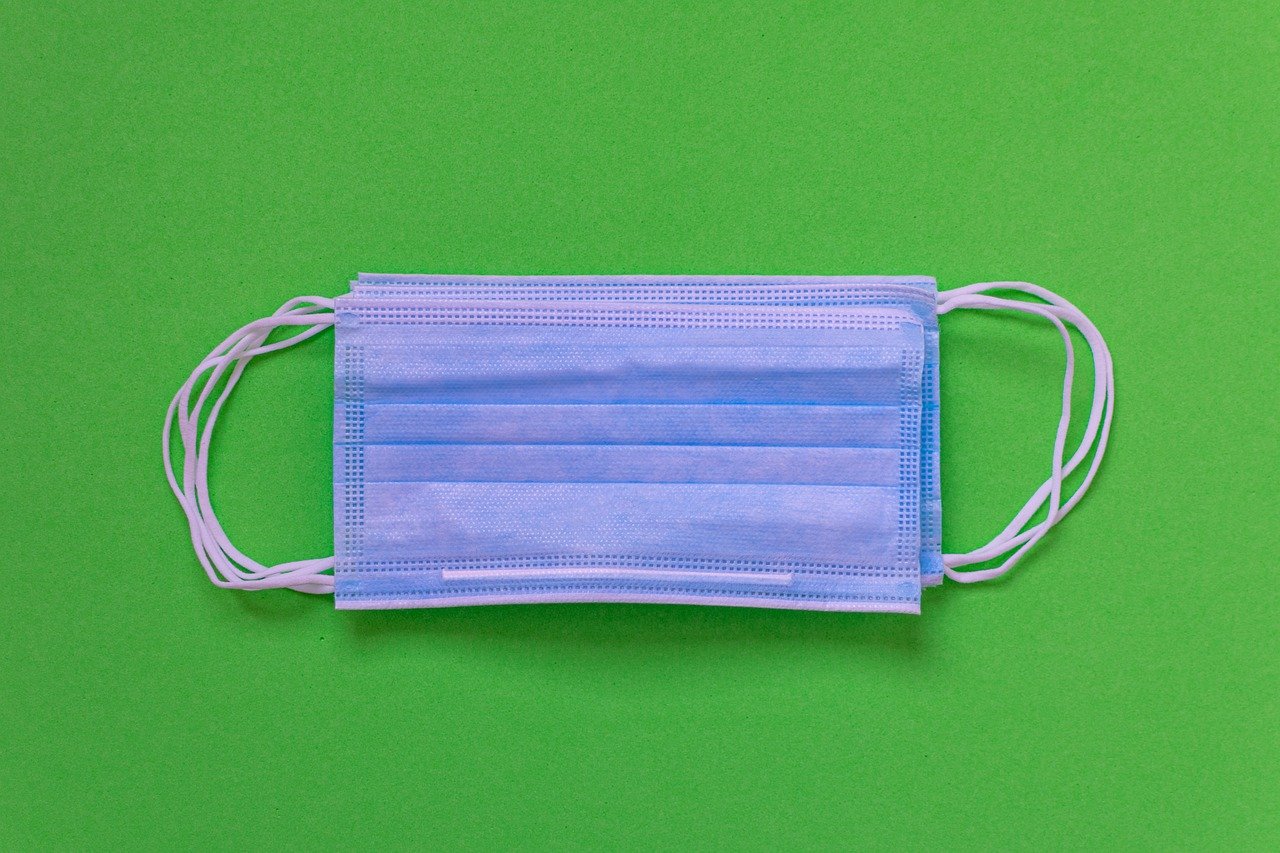Wearing masks and using protective gear is a relied precautionary measure against infection. But is it really as effective if a person comes in contact with the contaminated part of the fabric of their gear? Researchers from Indiana University say it is a real risk. So to solve this problem, they developed electrified cloth masks that can repel virus particles.
Chandan Sen is the director of the Indiana Center for Regenerative Medicine and Engineering at Indiana University. He explains that even when wearing masks people risk transmission. When they remove the mask that has come in contact with harmful particles they can catch a disease. He says even when health workers remove PPE or gowns; the risk of transmission is very real.
He has begun developing a way to avoid that risk with the help of his colleagues. They are trying to change harmful particles into something that isn’t harmful. They aim to do this after with materials that have electric fields across their surfaces. Sen believes these fields will alter how bacteria and viruses behave on cloths.
He explains that this technology works with a simple design. The material they use, polyester is inlaid with alternating pieces of zinc and silver, similar to the pattern of polka dots. The spaces between them are one millimeter and they are only as big as two millimeters. In dry form, the material acts like ordinary fabric but vapors from saliva or a cough triggers a reaction.
A reaction occurs when the fabric comes in contact with fluids making pathogens less harmful. The silver and zinc in the fabric also help in disabling particles from causing diseases. A biotechnology company Vomaris Innovations is a co-developer of this fabric.
Last year they found that this technology could benefit the treatment of bacterial biofilms found in wounds. Sen says the effectiveness of the fabric as a dressing for wound care is yet to receive verification from the Food and Drug Administration. Regardless of that, the team is optimistic about the effectiveness of the fabric.
The team is testing its material to help combat the COVID-19 pandemic, while still keeping in mind other uses for the material. Sen’s team explains that their fabric is already helpful against particular pathogens. Disease-causing viruses like a specific strain of coronavirus and Lentivirus are no match for the fabric.
So far the researchers don’t know how effective their electrified cloth masks from this technology could be against SARS-CoV-2. The findings of the research, however, pave the way for a more applicable invention. Sen adds that this material can be mass-produced and will be cheap to make considering the costs attached are rather low.
The fabric they use has metal dots on it that are responsible for how the mask works. Sen says they can print the metal dots on the outer surfaces of the electrified cloth masks or insert them between both the outer surface and the wearer’s face.
In a time where coronavirus infects people at an unstoppable pace, virus-repellant PPE material could be a major step to limit COVID-19 transmission. Sen and his team’s quest to find a virus repelling material isn’t the only one. Another project goes the other way from the metal dots approach but with the same motive.
Paul Leau is the director of an advanced materials laboratory at the University of Pittsburgh. Leau and his colleagues are developing a textile coating that will repel fluids from the body including bacteria and proteins. Their developments show the material is effective against adenovirus that causes another respiratory illness and one that triggers conjunctivitis. They still don’t know however if the material is effective against COVID-19.
They hope that soon research on COVID-19 will also support the effectiveness of their technology. So far, however, they find it unsafe to do so.
Also read: Masks Lower Risk of Death by Coronavirus
Efforts of researchers to make masks and other PPE safer to remove are the first steps for protection against all other viruses that exist. If people can limit transmission through just an electrified cloth mask or special PPE, that will mean a major development in our fight against COVID-19.


